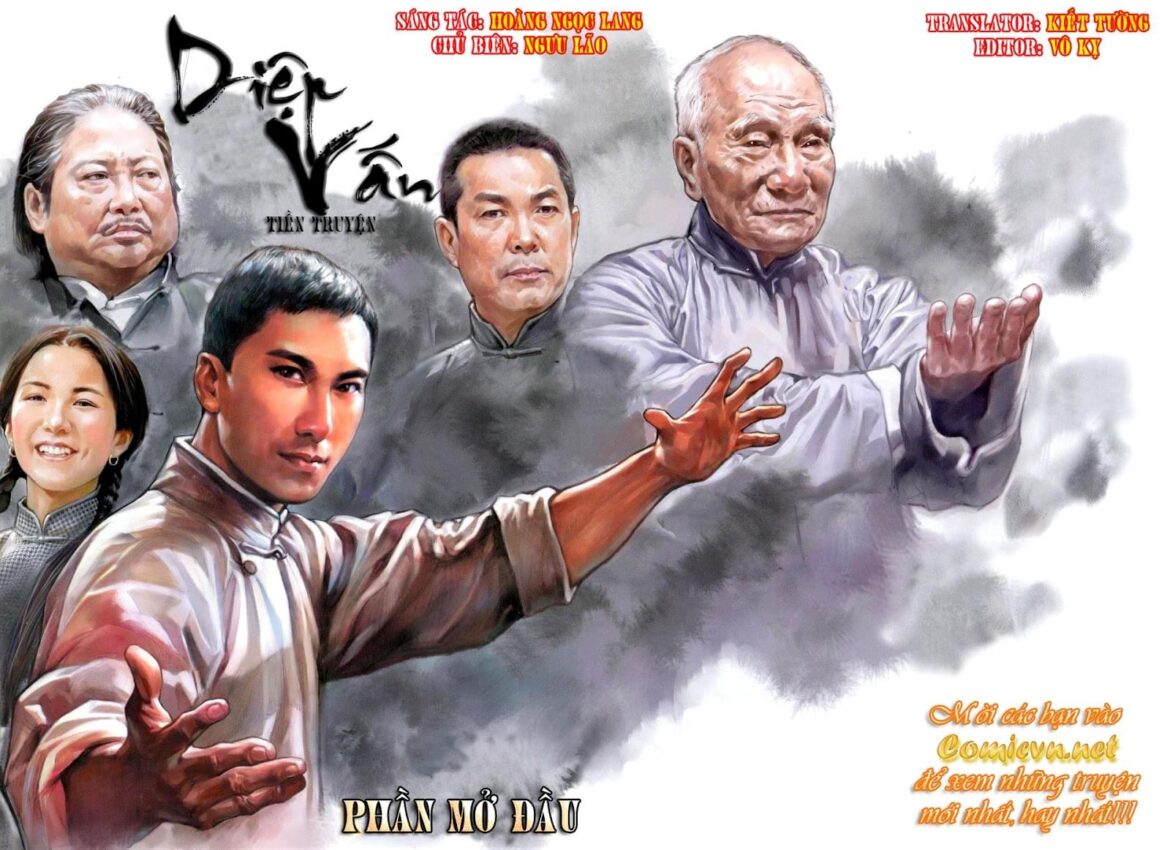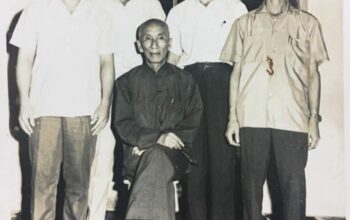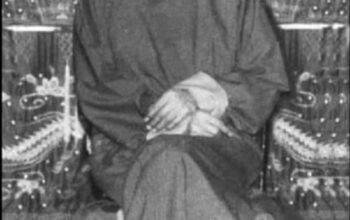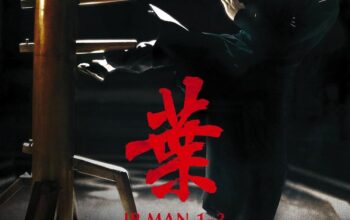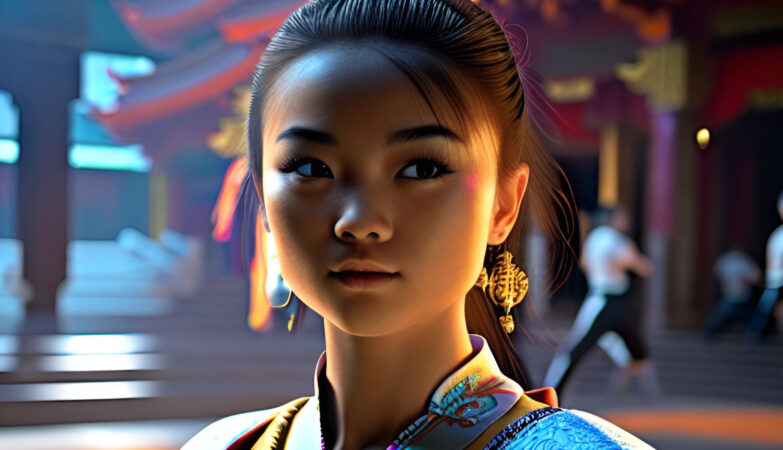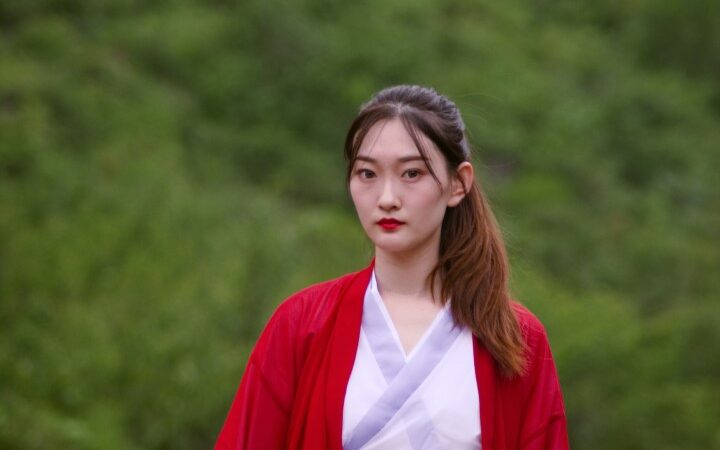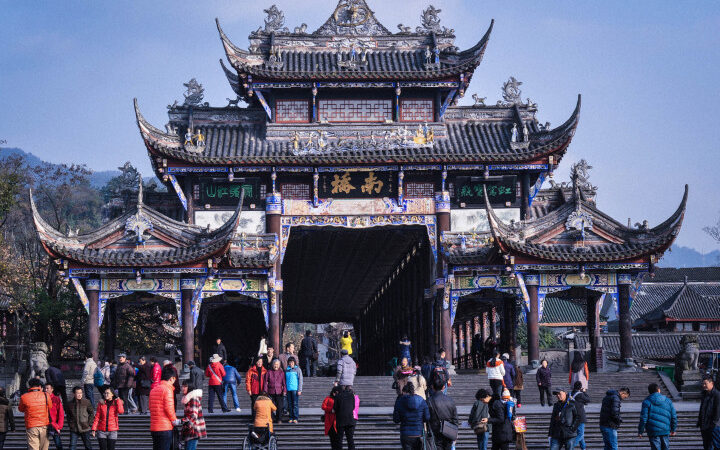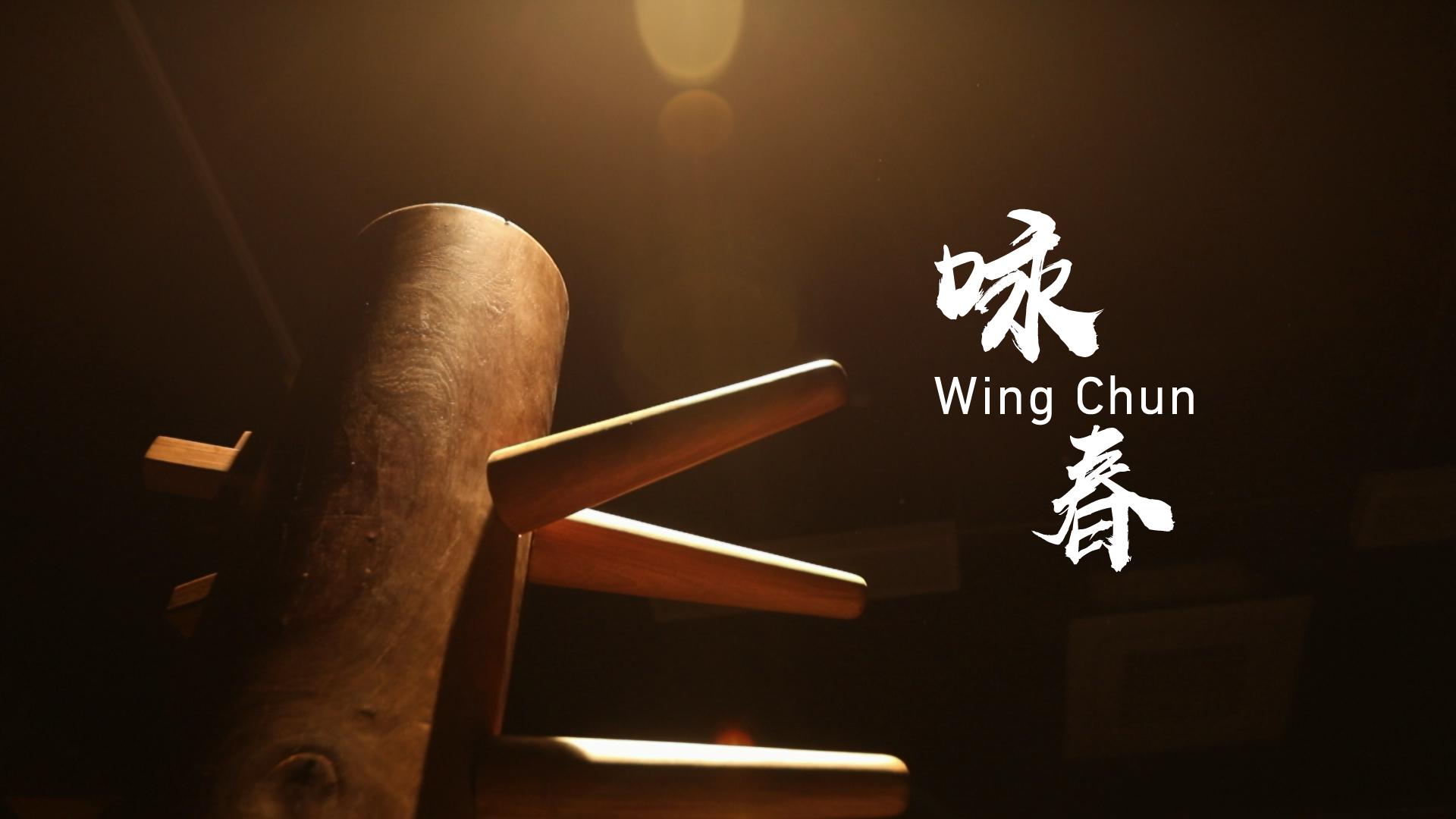Are There Different Lineages or Styles of Wing Chun?
Wing Chun, a Chinese martial art known for its efficiency and practicality, has indeed evolved into different lineages or styles over time. These variations in Wing Chun are a result of various factors such as regional influences, interpretations of the art, and the unique training methods of different masters. Let’s delve into some of the main lineages and styles of Wing Chun that exist today.
Ip Man Wing Chun:
Ip Man Wing Chun is one of the most well-known lineages and styles of Wing Chun. Named after the legendary grandmaster Ip Man, who played a crucial role in popularizing Wing Chun, this lineage has gained significant recognition worldwide. Ip Man’s Wing Chun focuses on practicality, efficiency, and the concept of simultaneous attack and defense. It emphasizes concepts such as centerline control, economy of motion, and explosive short-range techniques. Many notable martial artists, including Bruce Lee, were influenced by Ip Man’s teachings.
Some practitioners use the name “Yip Man Wing Chun” to highlight their direct lineage to Ip Man and his methods. This style generally adheres closely to the techniques and principles taught by Ip Man, with minimal variations in training methods or interpretations. Many of Ip Man’s direct students have continued his legacy by passing down his teachings in this lineage.
Pan Nam Wing Chun:
Pan Nam Wing Chun traces its lineage to the Wing Chun master Pan Nam, who was a senior student of Ip Man. This style is characterized by its focus on explosive power, fast footwork, and effective hand techniques. Pan Nam Wing Chun practitioners emphasize short-range power generation, aggressive fighting strategies, and relentless attacks. This lineage has gained popularity, particularly in Southeast Asia, and has its own distinct approach to Wing Chun training.
WSL (Wong Shun Leung) Wing Chun:
WSL Wing Chun is named after the late Sifu Wong Shun Leung, one of Ip Man’s most skilled and prominent students. Wong Shun Leung was known for his exceptional fighting ability and his emphasis on practical application in real combat situations. WSL Wing Chun places great importance on developing speed, power, and reflexes through intense training and practical sparring. This lineage focuses on economy of motion, close-quarters combat, and straight-line attacks.
Leung Sheung Wing Chun:
Leung Sheung Wing Chun is named after Leung Sheung, one of Ip Man’s first-generation disciples and the founder of the first Wing Chun school in Hong Kong. This lineage places a strong emphasis on the fundamental principles of Wing Chun, such as structure, relaxation, and coordination of body and mind. Leung Sheung Wing Chun focuses on developing a solid foundation in the art, understanding the core principles deeply, and applying them effectively.
Moy Yat Wing Chun:
Moy Yat Wing Chun is named after Grandmaster Moy Yat, a highly respected Wing Chun practitioner who played a significant role in spreading the art to the West. This lineage places a particular emphasis on the internal aspects of Wing Chun, such as developing relaxation, energy flow, and mindfulness. Moy Yat Wing Chun incorporates Taoist philosophies and principles into its training, emphasizing the harmony of body and mind.
These are just a few examples of the different lineages and styles of Wing Chun that exist today. Each lineage may have its own unique training methods, interpretations of techniques, and emphasis on certain aspects of the art. However, it’s important to note that the underlying principles and core techniques of Wing Chun remain consistent across these lineages.
Choosing a particular lineage or style of Wing Chun depends on personal preference.
